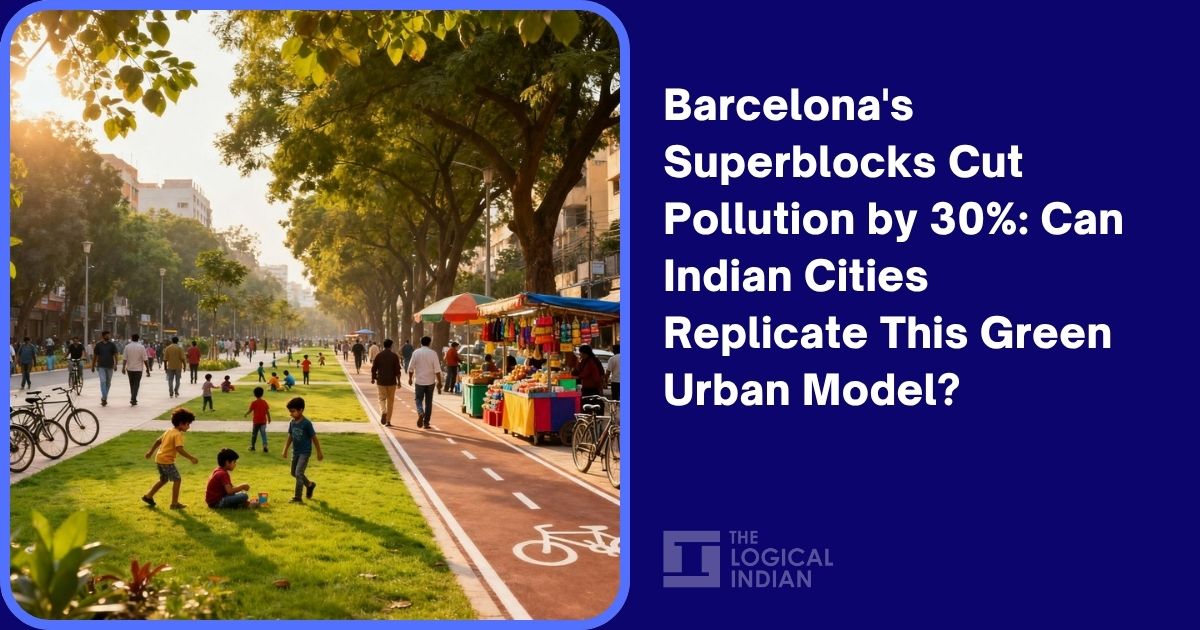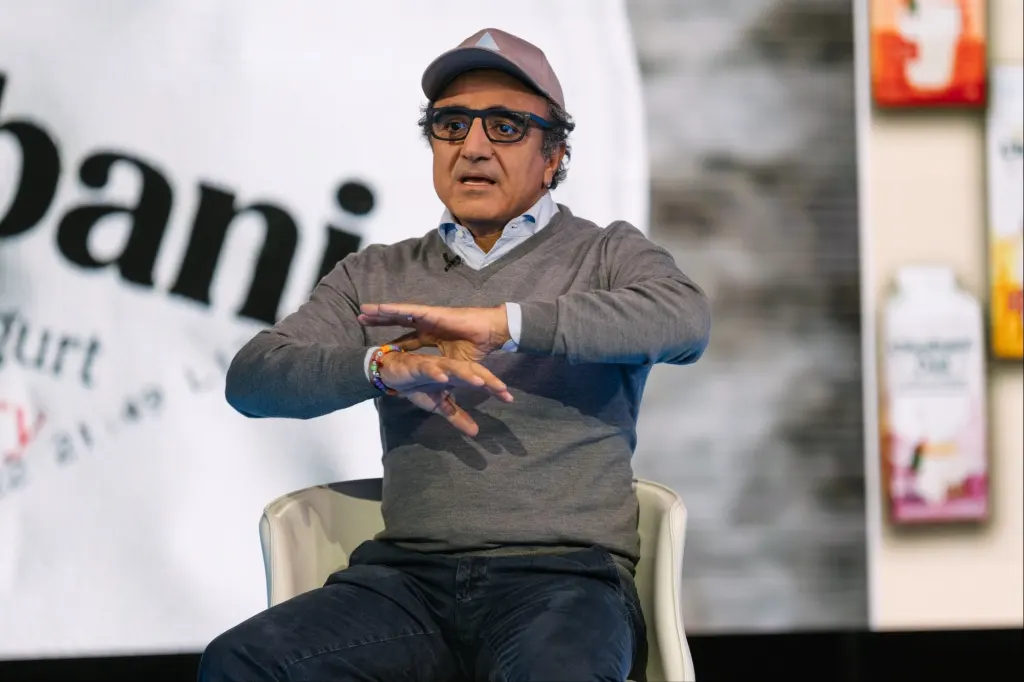Copyright thelogicalindian

Barcelona has emerged as a global exemplar in sustainable urban planning through its pioneering Superblocks programme, which transforms traffic-congested streets into pedestrian-friendly green zones, achieving a 25% to 33% reduction in nitrogen dioxide levels and a 17% decrease in particulate matter (PM10). Launched in 2015, the initiative groups nine city blocks together, restricts through traffic, and creates interconnected networks of green spaces where pedestrians and cyclists have priority. The programme has reduced car traffic by 58% to 92% in pilot areas whilst increasing pedestrian activity and improving local business sales. For India, where 206 out of 253 monitored cities exceeded national air quality standards for PM10 in 2024, with Delhi recording annual PM10 concentrations of 211 µg/m³ against the 60 µg/m³ standard, Barcelona’s model offers a compelling roadmap. Indian cities are experimenting with similar concepts through the Smart Cities Mission, with Chennai’s Pondy Bazaar Pedestrian Plaza transforming an 800-metre commercial stretch that has improved accessibility, safety, and economic vitality. How Barcelona Pioneered the Transformation Barcelona’s Superblocks programme represents a radical reimagining of urban space, building on the city’s distinctive 19th-century grid layout. Under Mayor Ada Colau’s leadership, the city began systematically reclaiming streets dominated by cars, creating “superilles” by grouping nine urban blocks and restricting interior streets to local traffic with 10 km/h speed limits. The Sant Antoni Superblock achieved impressive results with NO2 concentrations dropping 25% to 33%, PM10 levels decreasing 17%, car traffic reducing by 82%, and noise pollution falling by 4.1 decibels during daytime. Research published in Nature Sustainability estimated that fully implementing the programme could prevent 667 premature deaths annually and increase average life expectancy by nearly 200 days. India’s Path Forward Indian cities face an acute air quality crisis with 206 cities exceeding PM10 standards, whilst traffic congestion costs cities like Bengaluru approximately 5% of economic output. However, promising initiatives are emerging. The Smart Cities Mission has transformed over 1,740 kilometres of roads and developed 713 kilometres of cycle tracks. Chennai’s Pondy Bazaar Pedestrian Plaza, inaugurated in 2019, converted an 800-metre commercial street into a pedestrian promenade that successfully relocated street vendors, improved safety, and increased footfall benefiting local businesses. Experts recommend adapting the model through “micro-Superblocks” with four blocks rather than nine, flexible zoning for mixed land use, designated vendor zones, and phased implementation. The Logical Indian’s Perspective Barcelona’s Superblocks offers Indian cities a powerful blueprint for reclaiming urban life from traffic and pollution, yet its value lies in inspiring contextually appropriate innovation rather than wholesale replication. For a nation where two-thirds of monitored cities violate air quality standards, the urgency of transformation cannot be overstated. Chennai’s Pondy Bazaar demonstrates that Indian cities possess the capacity to embrace such change when projects centre accessibility and community participation. Yet the challenge extends beyond engineering to confronting deeper questions about equity.



